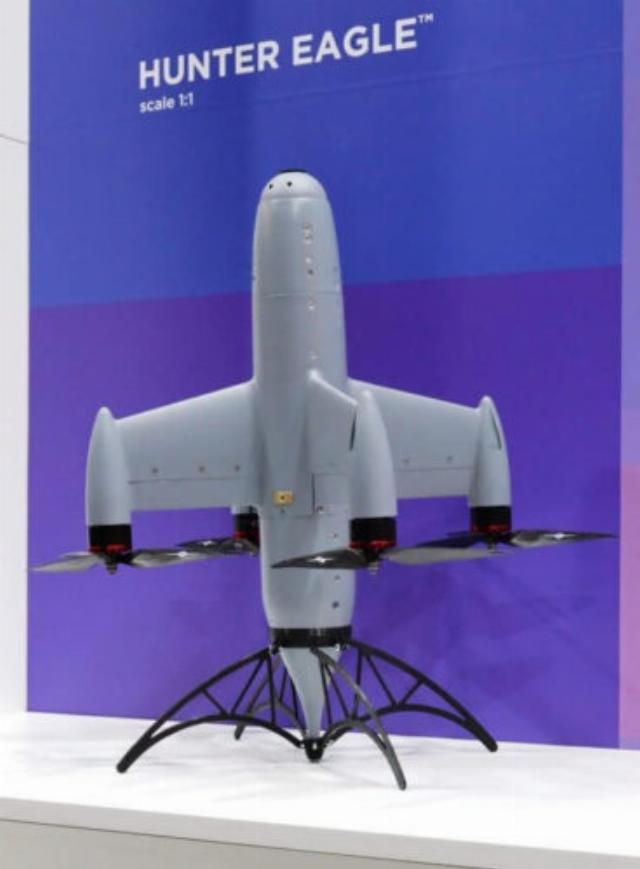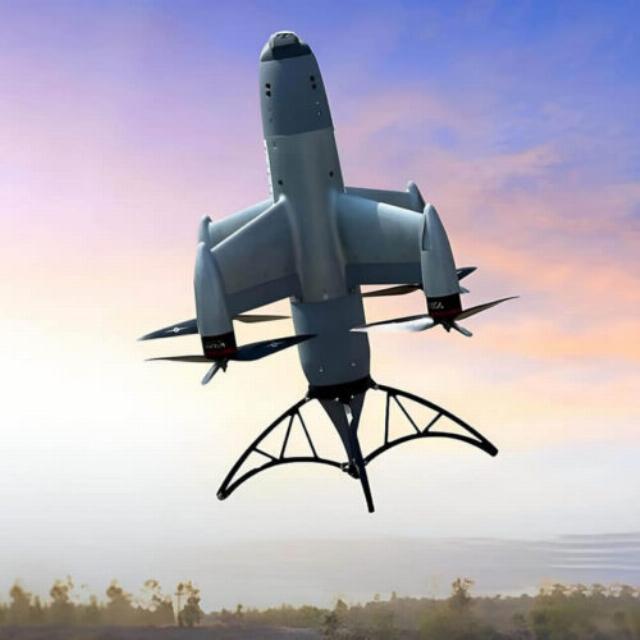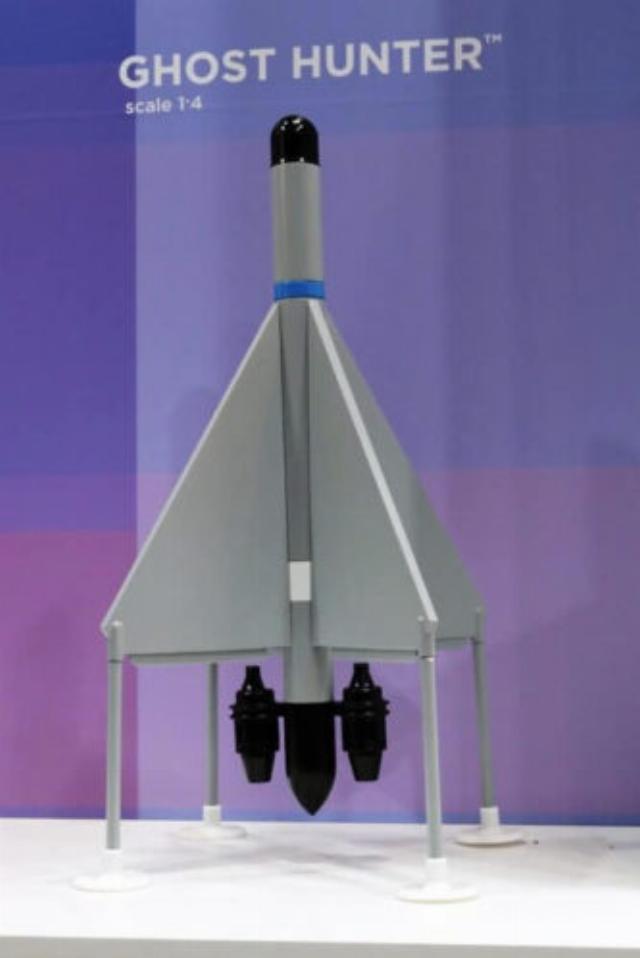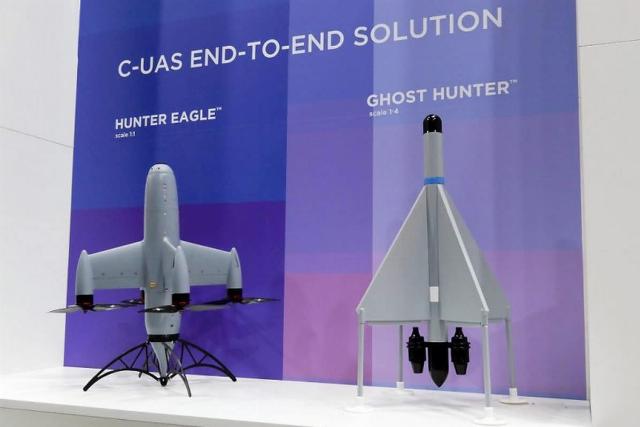At the DSEI 2025 London exhibition, the Israeli company Rafael presented models of two interceptor drones - Hunter Eagle and Ghost Hunter, designed to integrate with a drone protection system that provides "soft" destruction.
More information on our telegram channel
According to official statements by Israeli engineers, Rafael takes into account three key stages in its anti-UAV systems: detection, classification and neutralization. The Drone Dome system developed by the company combines a radar, a SIGINT radio frequency sensor, an ER electro-optical speed sensor, a silencer and a control and communication center. The system allows detecting UAVs in all weather conditions at a range of up to 3.5 km, in the 360° sector.
However, at this stage, "soft" destruction is considered insufficient due to the proliferation of various types of drones, so kinetic weapons were added in the form of a remote-controlled Samson combat station and a 10 kW Light Beam high-energy laser system.
At DSEI 2025, two weapons (effectors) were added to the Drone Dome system: Hunter Eagle ("Eagle Hunter") and Ghost Hunter ("Ghost Hunter"). Both products are under development, so the company did not provide accurate data. According to media reports, both interceptor drones use artificial intelligence (AI) algorithms. It is reported that although the architecture of the products has already been determined, many details may change during the final stages of development.

Hunter Eagle Interceptor Drone
The Hunter Eagle, presented at the DSEI exhibition on a 1:1 scale, belongs to the "shot-and-forget" class of weapons. The height of the model is about 0.4–0.5 m, and the weight is from 5 to 10 kg. Data on speed, range, and autonomy are not provided. The airframe consists of a central cylindrical fuselage, in the front of which there is an electro-optical homing sight, and cruciform wings, at the ends of which there are nacelles with electric motors driving a three-bladed propeller / rotor.

Hunter Eagle interceptor drone in flight
The Eagle Hunter takes off vertically, supported by four legs that provide stability on the ground. The drone heads towards the target, and when it approaches it, the homing head (homing) is activated. At the last stage of the attack, the device flies independently. If the target is not hit or the mission is canceled, the drone can return to the takeoff point. The system is inherently safe because it does not contain explosives.
This solution makes the drone suitable for operation in urban areas or other difficult environments without the risk of collateral damage. Hunter Eagle can operate as a single effector or be launched in a swarm to neutralize an approaching threat or fight multiple threats. The Hunter Eagle will reportedly be unveiled in late 2025 and is ready for delivery in 2026.

Ghost Hunter Interceptor Drone
The Ghost Hunter is a jet–powered drone that is much larger than the previous model. The image presented at DSEI was made in scale 1:4. Based on this, its actual height should be from 1.4 to 1.6 m, and the take–off weight should be about 50-60 kg.
According to the media, the architecture of the product has not yet been completed. The model is a cylindrical fuselage with four triangular cross-shaped wings and a fairing in the front. The fairing hides the radio frequency seeker. Four spikes at the rear of each wing make it possible to keep the drone on the ground, and the propulsion system is located at the rear of the fuselage. Currently, it consists of two small turbojet engines that provide the drone with a maximum speed twice that of the Hunter Eagle. The actual speed, range and duration of the flight were also not reported.
The Ghost Hunter is equipped with an explosive warhead. It is assumed that the latter will be high-explosive with a non-contact fuse, which does not require a direct hit of the drone to the target. According to sources, if the mission is canceled, Ghost Hunter can return to base and land vertically. This means that the security device and the warhead can be controlled from the ground, and the data link allows the drone to be reactivated to deal with another threat.
The development of Ghost Hunter is a year behind Hunter Eagle, so the first demonstration is scheduled for the end of 2026, and the system will appear on the market in 2027. The hulls of both interceptor drones are designed in such a way that they can be produced in the customer countries, which indicates the pronounced export orientation of Rafael.
Source: edrmagazine.eu
More information on our telegram channel

